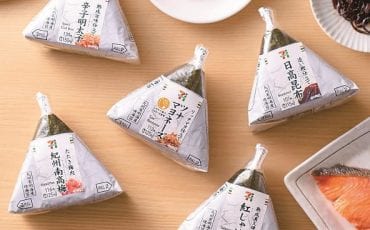Articles
Features
Jan 11, 2017
Oigawa Railway: A Journey To Remember
The Historic Trip To The Past
During the Edo period (1603-1867), the old Tokaido Highway was one of the administered routes that connected Edo (present-day Tokyo) to Kyoto. And the hardest part of the journey for travelers? Crossing the powerful, fast-flowing Oi River. You see, back in the day, the Tokugawa Shogunate forbade the construction of bridges for fear that Edo Castle would be attacked, which left only one way for travelers to cross the Oi River – by wading. It was an immensely strenuous task, what with the high volume of water rushing down from the Southern Alps. To facilitate the crossing, local men were employed to either carry travelers directly on their shoulders or on the Rendais (small carriages) for a fee. Meanwhile, due to a government rule known as Kawadome – it served as a monitoring board to ensure the crossing would be disallowed should there be heavy rainfall – Shimada City thrived with travelers who had to stay in the city during the crossing ban. It was then that a unique culture, known as the Kawadome Culture, fluorished.
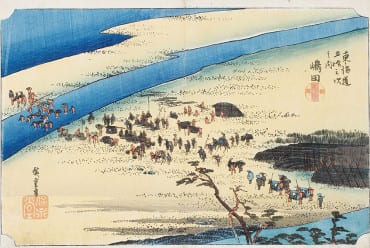
The World’s Longest Wooden Walking Bridge
In 1869, the ban to having bridges across the Oi River was finally lifted, which enabled the construction of the Horai Bridge. Recognised by the Guinness Book of Records as the abovementioned title, the formidable Horai Bridge was completed in 1879 at a length of 897.4 metres. Originally serving as a bridge for the people of Shimada City to cross over to the Makinohara Tea Plantation, the Horai Bridge is now a major tourist attraction. As night falls, the bridge would be lit up, making for a magical sight to behold.
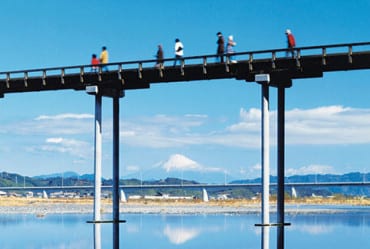
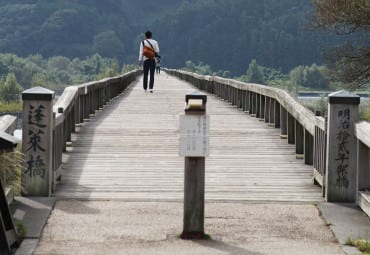
Strolling The Days of Yore
To better understand the Kawagoshi traveling style of a bygone age, step into the Shimada City Museum, followed by exploring the nearby Shimadajuku Oi River Kawagoshi Ruins. The museum displays a comprehensive collection of documents and artefacts pertaining to the Kawadome Culture, from the traveler’s choice of clothing and personal items to a collection of Japanese swords produced by blacksmiths in Shimada City. As you walk down the Kawagoshi Ruins, you’d be able to soak up the ancient sights of post stations, including a restored toll gate.
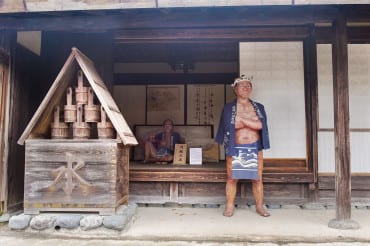
A Crowning Glory
A cannot-miss festival in Shimada City is the Shimada Mage Festival, held annually on the third Sunday of September. Said to be the origin of Japanese traditional hairstyles for women since the design was first created in the 13th century, this festival involves a bevy of single ladies, each sporting a unique hairstyle, dancing and parading down the grounds of Uda-ji Temple in Shimada’s city centre. The Shimada Mage Festival will be celebrating its 60th year anniversary in 2017, so it should be one heck of a hair-raising spectacle!
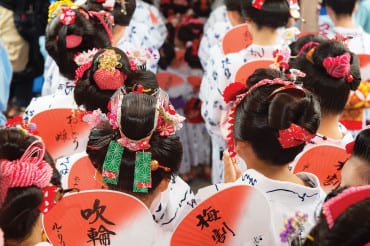
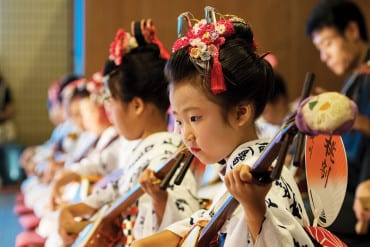
>>Read more about Sumatakyo Food






